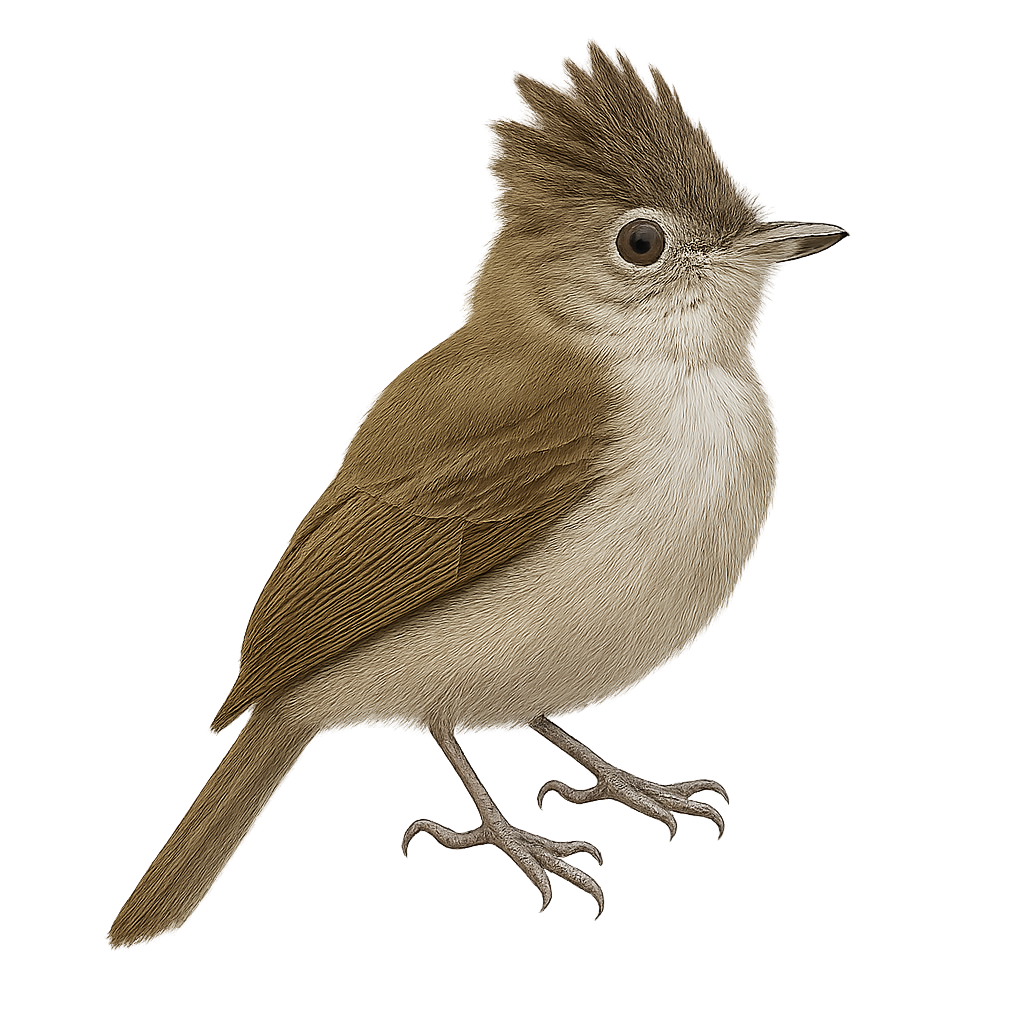Your wildlife photography guide.
Explore the helmeted pygmy-tyrant in detail, study its behavior, prepare your shots.
Where to observe and photograph the helmeted pygmy-tyrant in the wild
Learn where and when to spot the helmeted pygmy-tyrant in the wild, how to identify the species based on distinctive features, and what natural environments it inhabits. The WildlifePhotographer app offers tailored photography tips that reflect the helmeted pygmy-tyrant’s behavior, helping you capture better wildlife images. Explore the full species profile for key information including description, habitat, active periods, and approach techniques.
Helmeted Pygmy-Tyrant
Scientific name: Lophotriccus galeatus

IUCN Status: Least Concern
Family: TYRANNIDAE
Group: Birds
Sensitivity to human approach: Suspicious
Minimum approach distance: 5 m
Courtship display: September to October
Incubation: 16-18 jours
Hatchings: October to November
Habitat:
humid tropical forests, dense undergrowth
Activity period :
Primarily active during the day, with peak activity in the morning and late afternoon.
Identification and description:
The Lophotriccus galeatus, or Helmeted Pygmy-Tyrant, is a small passerine bird belonging to the Tyrannidae family. It is recognizable by its distinctive crest, often raised, giving it a unique appearance. Its plumage is primarily olive green with yellowish tones on the belly. This bird mainly inhabits the humid tropical forests of South America, especially in Brazil, Colombia, and Venezuela. It is often observed in dense undergrowth where it feeds on insects. Despite its small size, it is very active and agile, moving quickly through the foliage. Its song is a high-pitched trill that resonates in the canopy.
Recommended lens:
400 mm – adjust based on distance, desired framing (portrait or habitat), and approach conditions.
Photography tips:
To photograph the Helmeted Pygmy-Tyrant, it is advisable to use a telephoto lens of at least 400mm to capture precise details without disturbing the bird. Look for it in the dense undergrowth of tropical forests, where it is most active. Be patient and wait for it to perch on an open branch. Natural morning or afternoon light is ideal to highlight the colors of its plumage.
The WildlifePhotographer App is coming soon!
Be the first to explore the best nature spots, track rutting seasons, log your observations, and observe more wildlife.
Already 1 430 wildlife lovers subscribed worldwide

